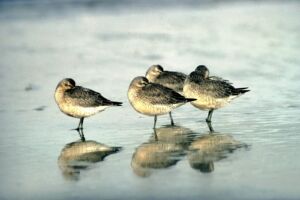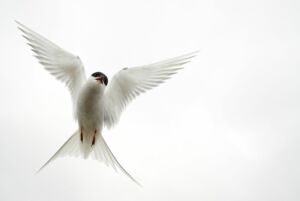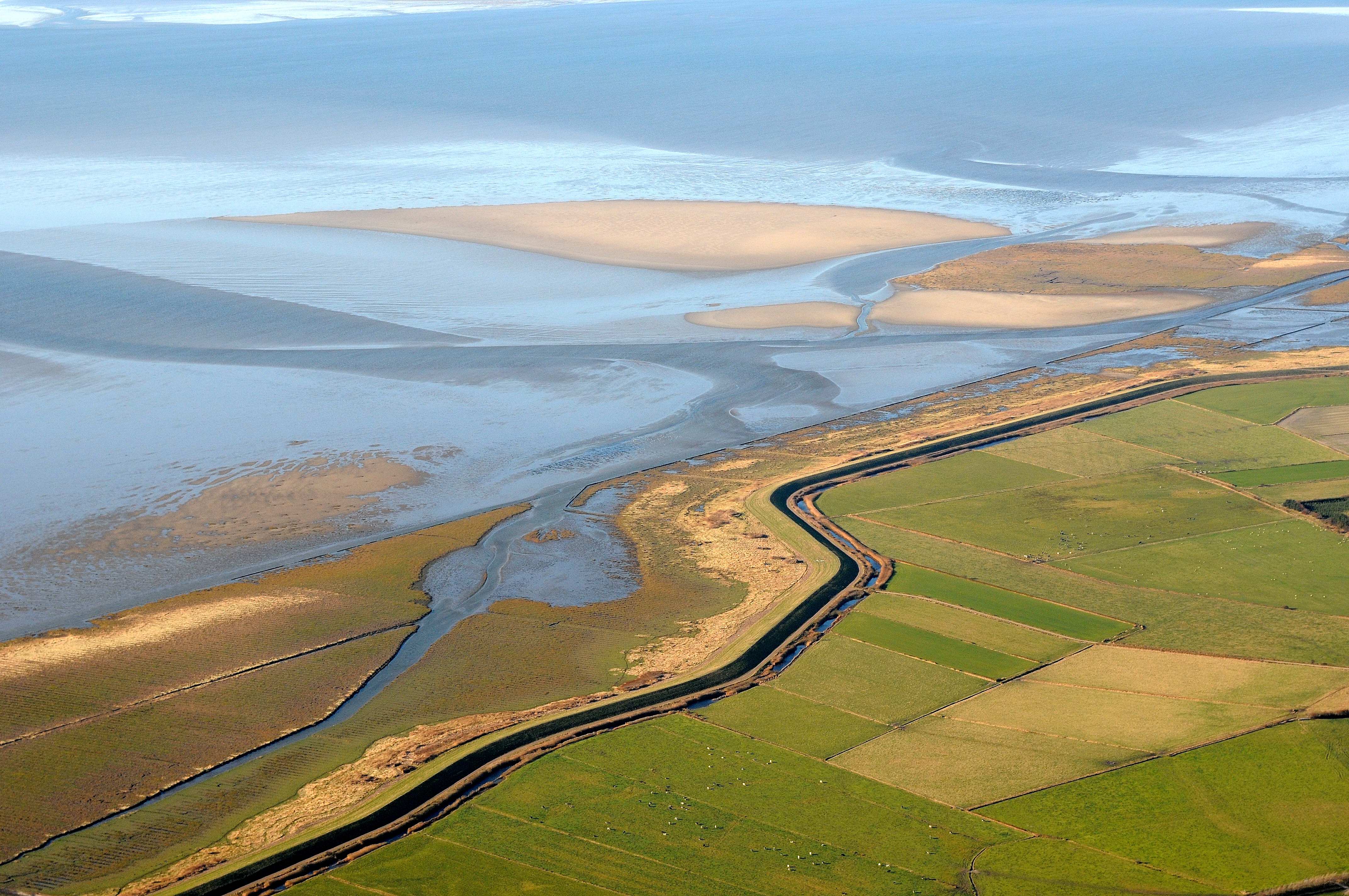We all know that Heathrow is Europe’s busiest airport, but which one handles the most transit flights? Frankfurt, the eternal middleman, might have a good claim, as does Charles de Gaulle, but did you know Denmark also has a claimant?
Responsible for the departure of some 12 million flights every year, the Wadden Sea National Park is one of the largest wetland areas in the world, stretching 500 km along the North Sea coast of Denmark, Germany and the Netherlands.
And as a ‘transit airport’, it plays a crucial role in one of this continent’s biggest annual exoduses: the annual migration of 12 million birds flying along the East Atlantic Flyway from the cold north to western and southern Africa.

The key fuel station
“It’s amazing that these small creatures can complete such a demanding journey,” enthused John Frikke, the project manager at the Danish section of the Wadden Sea National Park on the southwest coast of Jutland, to the Weekly Post.
“The Wadden Sea functions as the key pantry – or fuel station, if you will – on their long travels, which is why the Wadden Sea is of such importance!”
Additionally the unique marshland area, which every day alternates between being land and sea, is the home to thousands of species of fish, birds, mammals and flora.
Truly unique
But mankind can not take an area like this, or its inhabitants, for granted. More than five years on from its official inauguration as a national park, the team at the Wadden Sea National Park with the assistance of travel authority Expedia Denmark continues to strive to ensure the wetland stays on the map – literally and in the minds of Danes and tourists further afield.
Charged with strengthening nature protection, cultural history, outdoor activities, education and research, and international co-operation, it is a 24-7, all-year-round mission.
In these challenging times, nature and wildlife preservation has never been more important – visiting the area and taking advantage of one of its many nature tours ensures it remains a viable prospect and one that future generations can enjoy.
“The Wadden Sea National Park is a very broadly based unit aiming to highlight the specific features of the Wadden Sea area and to create a mutual understanding – with both the locals and visitors – that the Wadden Sea is a unique place,” continued Frikke.
“Especially the migratory birds is something quite special and very extraordinary.”
13 incredible journeys
With help from Expedia Denmark, Karsten Laursen from the Department of Bioscience & Fauna Ecology at the University of Aarhus and the Cornell Lab of Ornithology in the US, the birds and their epic journeys have been visualised in an interactive piece that enables you to take a closer look at their unique migration patterns.
‘Epic Journeys’ documents the travels of 13 bird species that travel to the area every year, telling special narratives about each one. Below are the stories of two: the Arctic Tern and the Red Knot.
Red Knot
The Red Knot’s two subspecies, Canutus Canutus and Canutus Islandica, have perhaps the most interesting of all the migratory patterns. The former breeds in northern Siberia before travelling to western and southwestern Africa, crossing the Sahara on the way. The latter breeds in Arctic Canada and Greenland, making its way via Iceland or northern Norway to winter in northwest Europe, which means the Red Knot can be seen in the Wadden Sea all year round.
Arctic Tern
The Artic Tern is the world champion of bird migration. Within just one year it will make its way from the Arctic North all the way to South Africa and Antarctica, which means that in a lifetime it can travel a distance equivalent to flying to the moon and back three times! So it probably won’t surprise you to learn that it doesn’t stay for long. It tends to arrive at the Wadden Sea in April for the breeding season and then make its way south again in August. 















